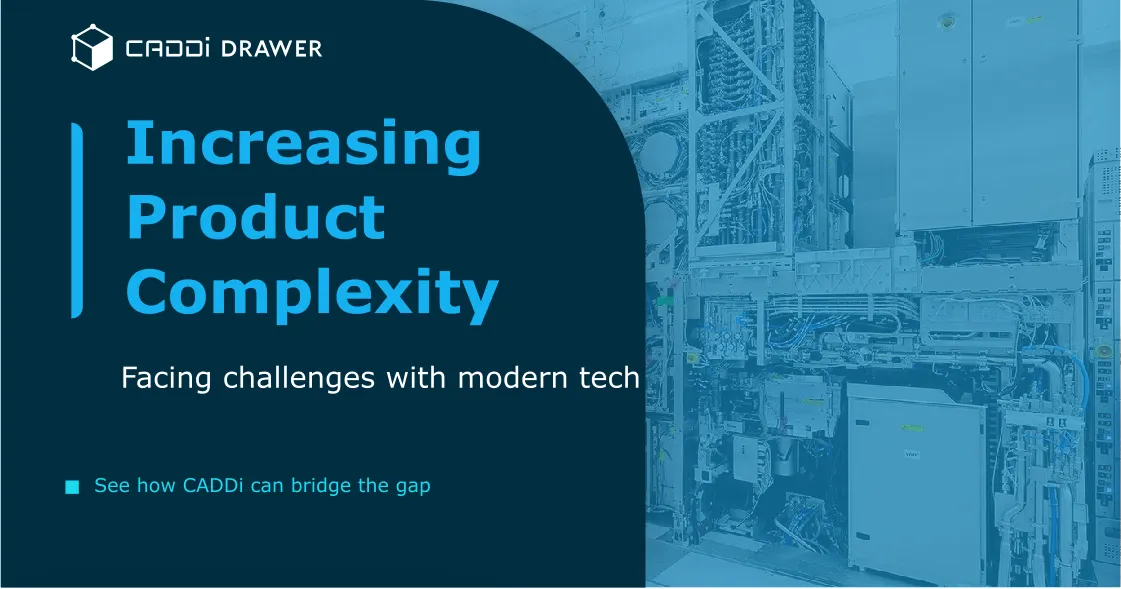What is global manufacturing sourcing and how do you utilize it effectively?

Table of Contents

Global manufacturing sourcing refers to expanding your supply chain to include options from countries all over the world. This allows you to make a cheaper and more robust procurement process by finding the cheapest possible sources and diversifying your suppliers. However, this global diversification is a double edged sword. It can lead to instabilities as disruptions emerge.
Benefits of global manufacturing sourcing
Here are some of the reasons manufacturers adopt global sourcing.
Cost savings
The most immediate and obvious benefit to global sourcing is the ability to procure parts and materials at the lowest possible price. Labour and material costs can vary wildly from country to country. Even within the same country, they can wax and wane. By having options around the world on the table, you can ensure you’re always getting the best deal.
Fast adoption of innovation
Advances in material science are happening across the globe. New products that are more environmentally friendly, easier to ship, cheaper to manufacture, and more are being invented all over the world. Opening yourself up to a global manufacturing sourcing supply chain allows you to get these benefits in your products as quickly as possible.
Robustness through diversification
A lot of your manufacturing sourcing is probably already international. However, it’s likely that it’s centralized in just a few countries: China, Vietnam, Mexico, and a few others. This isn’t a truly global sourcing solution. Between tariffs, shortages, and increasing labour costs, your current supplying countries may become far less profitable. Truly diversifying your supply chain to take advantage of the entire globe gives you more options when the situation changes.
Potential drawbacks of global manufacturing sourcing
Global manufacturing sourcing isn’t always the correct answer. Here are some of the drawbacks that could arise.
More sources of potential disruption
As we mentioned earlier, the global supply chain is in a precarious position. Many factors, from tariffs, to other geopolitical tensions, to supply shortages, to varying labour and material costs, can rapidly change the price of the goods you need to source. The more you source from other countries, the more externalities you open yourself up to.
Data complications
Sourcing always requires an exchange of information, including drawings, specifications, shipping documents, and more. As you source from more countries, you'll find more and more inconsistencies in how this information is conveyed and formatted. This can lead to time-consuming manual rectification or errors.
Pricing Data Overload
Too many options can be a bad thing, if you aren't equipped to navigate them. Global manufacturing sourcing puts so many possibilities on the table, each with their associated costs, risk factors, timelines, and quality rates. Comprehensively evaluating all your new options in all these contexts requires a level of data management that most procurement teams don't have.
Making the most of global manufacturing sourcing
Ultimately, you probably shouldn't put all your eggs in the global basket, but you shouldn't ignore potential beneficial options either. Fortunately, you can position yourself to swiftly pivot to global suppliers when the need or opportunity arises while not needlessly opening yourself up to the risks.
There are two key objectives you should have: being informed and being agile. You need to have all the information required to evaluate a new supplier readily available. Plus, it needs to be distributed and understood across your entire procurement operation. Only that level of broadly informed agency will give you the agility required to take advantage of the global manufacturing supply chain.
Unfortunately, having procurement data that's instantly accessible, intuitively searchable, and widely comprehensible isn't an easy ask. It's complicated further by the global sourcing factors we mentioned before. Data often ends up siloed in inaccessible systems, where only a few expert individuals can find it. Manual, time consuming, and error-prone work is required to consolidate all the necessary contextual data.
Managing global manufacturing sourcing with CADDi
CADDi can help you take advantage of global manufacturing sourcing by making data access effortless. As a data lake, CADDi can incorporate data from any source, regardless of formatting or country of origin. We automatically standardize measurements and find compatibility across parts. With just one intuitive search, that even a junior employee can make, all of the data you need to evaluate a potential supplier is instantly surfaced.
Check it all out in a demo or walk through our interactive product tour.
Global manufacturing sourcing refers to expanding your supply chain to include options from countries all over the world. This allows you to make a cheaper and more robust procurement process by finding the cheapest possible sources and diversifying your suppliers. However, this global diversification is a double edged sword. It can lead to instabilities as disruptions emerge.
Benefits of global manufacturing sourcing
Here are some of the reasons manufacturers adopt global sourcing.
Cost savings
The most immediate and obvious benefit to global sourcing is the ability to procure parts and materials at the lowest possible price. Labour and material costs can vary wildly from country to country. Even within the same country, they can wax and wane. By having options around the world on the table, you can ensure you’re always getting the best deal.
Fast adoption of innovation
Advances in material science are happening across the globe. New products that are more environmentally friendly, easier to ship, cheaper to manufacture, and more are being invented all over the world. Opening yourself up to a global manufacturing sourcing supply chain allows you to get these benefits in your products as quickly as possible.
Robustness through diversification
A lot of your manufacturing sourcing is probably already international. However, it’s likely that it’s centralized in just a few countries: China, Vietnam, Mexico, and a few others. This isn’t a truly global sourcing solution. Between tariffs, shortages, and increasing labour costs, your current supplying countries may become far less profitable. Truly diversifying your supply chain to take advantage of the entire globe gives you more options when the situation changes.
Potential drawbacks of global manufacturing sourcing
Global manufacturing sourcing isn’t always the correct answer. Here are some of the drawbacks that could arise.
More sources of potential disruption
As we mentioned earlier, the global supply chain is in a precarious position. Many factors, from tariffs, to other geopolitical tensions, to supply shortages, to varying labour and material costs, can rapidly change the price of the goods you need to source. The more you source from other countries, the more externalities you open yourself up to.
Data complications
Sourcing always requires an exchange of information, including drawings, specifications, shipping documents, and more. As you source from more countries, you'll find more and more inconsistencies in how this information is conveyed and formatted. This can lead to time-consuming manual rectification or errors.
Pricing Data Overload
Too many options can be a bad thing, if you aren't equipped to navigate them. Global manufacturing sourcing puts so many possibilities on the table, each with their associated costs, risk factors, timelines, and quality rates. Comprehensively evaluating all your new options in all these contexts requires a level of data management that most procurement teams don't have.
Making the most of global manufacturing sourcing
Ultimately, you probably shouldn't put all your eggs in the global basket, but you shouldn't ignore potential beneficial options either. Fortunately, you can position yourself to swiftly pivot to global suppliers when the need or opportunity arises while not needlessly opening yourself up to the risks.
There are two key objectives you should have: being informed and being agile. You need to have all the information required to evaluate a new supplier readily available. Plus, it needs to be distributed and understood across your entire procurement operation. Only that level of broadly informed agency will give you the agility required to take advantage of the global manufacturing supply chain.
Unfortunately, having procurement data that's instantly accessible, intuitively searchable, and widely comprehensible isn't an easy ask. It's complicated further by the global sourcing factors we mentioned before. Data often ends up siloed in inaccessible systems, where only a few expert individuals can find it. Manual, time consuming, and error-prone work is required to consolidate all the necessary contextual data.
Managing global manufacturing sourcing with CADDi
CADDi can help you take advantage of global manufacturing sourcing by making data access effortless. As a data lake, CADDi can incorporate data from any source, regardless of formatting or country of origin. We automatically standardize measurements and find compatibility across parts. With just one intuitive search, that even a junior employee can make, all of the data you need to evaluate a potential supplier is instantly surfaced.
Check it all out in a demo or walk through our interactive product tour.
.svg)



.svg)
.svg)
.svg)









